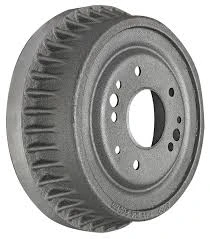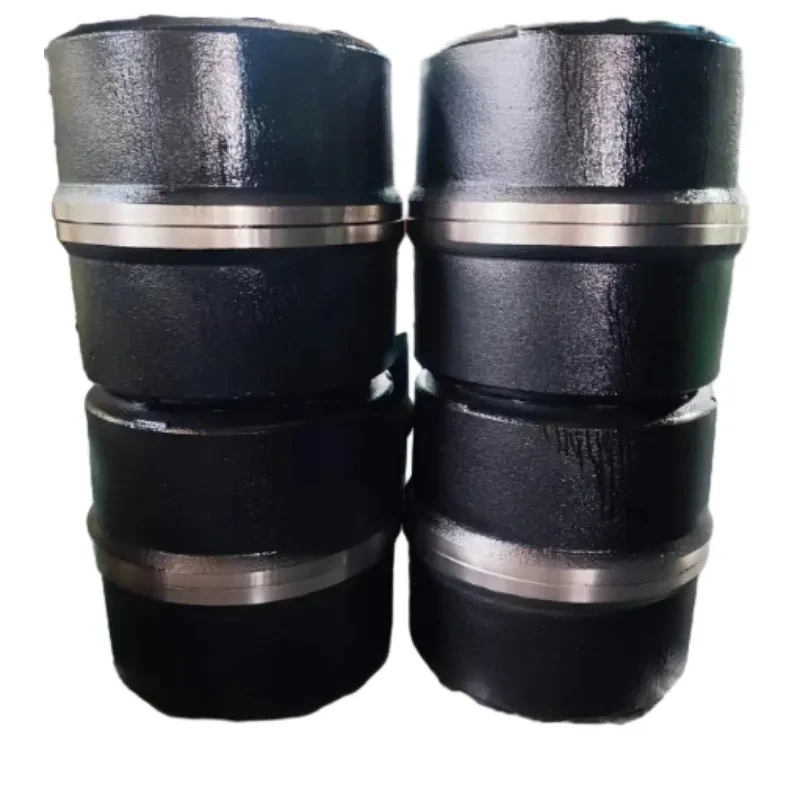
-
 Afrikaans
Afrikaans -
 Albanian
Albanian -
 Amharic
Amharic -
 Arabic
Arabic -
 Armenian
Armenian -
 Azerbaijani
Azerbaijani -
 Basque
Basque -
 Belarusian
Belarusian -
 Bengali
Bengali -
 Bosnian
Bosnian -
 Bulgarian
Bulgarian -
 Catalan
Catalan -
 Cebuano
Cebuano -
 Corsican
Corsican -
 Croatian
Croatian -
 Czech
Czech -
 Danish
Danish -
 Dutch
Dutch -
 ភាសាអង់គ្លេស
ភាសាអង់គ្លេស -
 Esperanto
Esperanto -
 Estonian
Estonian -
 Finnish
Finnish -
 French
French -
 Frisian
Frisian -
 Galician
Galician -
 Georgian
Georgian -
 German
German -
 Greek
Greek -
 Gujarati
Gujarati -
 Haitian Creole
Haitian Creole -
 hausa
hausa -
 hawaiian
hawaiian -
 Hebrew
Hebrew -
 Hindi
Hindi -
 Miao
Miao -
 Hungarian
Hungarian -
 Icelandic
Icelandic -
 igbo
igbo -
 Indonesian
Indonesian -
 irish
irish -
 Italian
Italian -
 Japanese
Japanese -
 Javanese
Javanese -
 Kannada
Kannada -
 kazakh
kazakh -
 Khmer
Khmer -
 Rwandese
Rwandese -
 Korean
Korean -
 Kurdish
Kurdish -
 Kyrgyz
Kyrgyz -
 Lao
Lao -
 Latin
Latin -
 Latvian
Latvian -
 Lithuanian
Lithuanian -
 Luxembourgish
Luxembourgish -
 Macedonian
Macedonian -
 Malgashi
Malgashi -
 Malay
Malay -
 Malayalam
Malayalam -
 Maltese
Maltese -
 Maori
Maori -
 Marathi
Marathi -
 Mongolian
Mongolian -
 Myanmar
Myanmar -
 Nepali
Nepali -
 Norwegian
Norwegian -
 Norwegian
Norwegian -
 Occitan
Occitan -
 Pashto
Pashto -
 Persian
Persian -
 Polish
Polish -
 Portuguese
Portuguese -
 Punjabi
Punjabi -
 Romanian
Romanian -
 Russian
Russian -
 Samoan
Samoan -
 Scottish Gaelic
Scottish Gaelic -
 Serbian
Serbian -
 Sesotho
Sesotho -
 Shona
Shona -
 Sindhi
Sindhi -
 Sinhala
Sinhala -
 Slovak
Slovak -
 Slovenian
Slovenian -
 Somali
Somali -
 Spanish
Spanish -
 Sundanese
Sundanese -
 Swahili
Swahili -
 Swedish
Swedish -
 Tagalog
Tagalog -
 Tajik
Tajik -
 Tamil
Tamil -
 Tatar
Tatar -
 Telugu
Telugu -
 Thai
Thai -
 Turkish
Turkish -
 Turkmen
Turkmen -
 Ukrainian
Ukrainian -
 Urdu
Urdu -
 Uighur
Uighur -
 Uzbek
Uzbek -
 Vietnamese
Vietnamese -
 Welsh
Welsh -
 Bantu
Bantu -
 Yiddish
Yiddish -
 Yoruba
Yoruba -
 Zulu
Zulu
កុម្ភៈ . 15, 2025 10:03
ត្រឡប់ទៅបញ្ជី
drum brake working
Drum brakes, while an older technology compared to disc brakes, are still prevalent in various vehicles worldwide due to their efficiency and cost-effectiveness. Understanding how drum brakes work not only enhances one's appreciation for automotive engineering but also aids in informed decision-making when maintaining or replacing these components.
However, drum brakes are not without their drawbacks. They tend to have a slower heat dissipation rate compared to disc brakes, which can lead to fade during heavy, repetitive braking scenarios. This characteristic makes them less ideal for high-performance or towing applications where extreme and frequent braking is necessary. For those maintaining drum brakes, regular inspections are crucial. Periodically checking for brake shoe wear, cylinder leaks, and the condition of springs and adjusters ensures the system operates efficiently. Ensuring all components are well-lubricated and free of excessive dust and debris also enhances performance and longevity. Professionals in automotive service often highlight the regular adjustment of drum brakes as a simple yet critical maintenance procedure. This adjustment is essential to accommodate the gradual wear of the friction material and maintain braking efficiency. For vehicles with self-adjusting mechanisms, periodic verification of their function is recommended, as these systems can sometimes malfunction, leading to suboptimal brake performance. Authoritative sources in automotive engineering emphasize the importance of using high-quality, compatible parts when replacing any component of the drum brake system. Employing superior materials not only ensures reliable performance but also enhances safety, a paramount concern for any braking mechanism. For vehicle owners considering a retrofit or upgrade from drum to disc brakes, recognizing the inherent characteristics of drum systems is vital. While disc brakes generally offer better heat dissipation, consistent performance under stress, and improved response, drum brakes still present a viable and cost-effective solution for those who use their vehicles in typical driving conditions. In conclusion, understanding the drum brake system's working can provide valuable insights into its maintenance and operation. Recognizing the advantages and limitations associated with drum brakes allows vehicle owners to make informed choices regarding upkeep and potential upgrades, ensuring safety and reliability remain uncompromised over time.


However, drum brakes are not without their drawbacks. They tend to have a slower heat dissipation rate compared to disc brakes, which can lead to fade during heavy, repetitive braking scenarios. This characteristic makes them less ideal for high-performance or towing applications where extreme and frequent braking is necessary. For those maintaining drum brakes, regular inspections are crucial. Periodically checking for brake shoe wear, cylinder leaks, and the condition of springs and adjusters ensures the system operates efficiently. Ensuring all components are well-lubricated and free of excessive dust and debris also enhances performance and longevity. Professionals in automotive service often highlight the regular adjustment of drum brakes as a simple yet critical maintenance procedure. This adjustment is essential to accommodate the gradual wear of the friction material and maintain braking efficiency. For vehicles with self-adjusting mechanisms, periodic verification of their function is recommended, as these systems can sometimes malfunction, leading to suboptimal brake performance. Authoritative sources in automotive engineering emphasize the importance of using high-quality, compatible parts when replacing any component of the drum brake system. Employing superior materials not only ensures reliable performance but also enhances safety, a paramount concern for any braking mechanism. For vehicle owners considering a retrofit or upgrade from drum to disc brakes, recognizing the inherent characteristics of drum systems is vital. While disc brakes generally offer better heat dissipation, consistent performance under stress, and improved response, drum brakes still present a viable and cost-effective solution for those who use their vehicles in typical driving conditions. In conclusion, understanding the drum brake system's working can provide valuable insights into its maintenance and operation. Recognizing the advantages and limitations associated with drum brakes allows vehicle owners to make informed choices regarding upkeep and potential upgrades, ensuring safety and reliability remain uncompromised over time.
បន្ទាប់៖
ព័ត៌មានចុងក្រោយ
-
Rear Drum Brakes Maintenance Tipsព័ត៌មានAug.04,2025
-
Key Components Affecting Brake Drum Functionព័ត៌មានAug.04,2025
-
Important Inspection for Truck Drum Brakeព័ត៌មានAug.04,2025
-
How to Prepare for Changing Rear Drum Brakesព័ត៌មានAug.04,2025
-
Essential Tools for Cleaning Drum Brakes Properlyព័ត៌មានAug.04,2025
-
Brake Drum Function Guideព័ត៌មានAug.04,2025
-
Safety Features of Red Brake Drumsព័ត៌មានAug.01,2025
